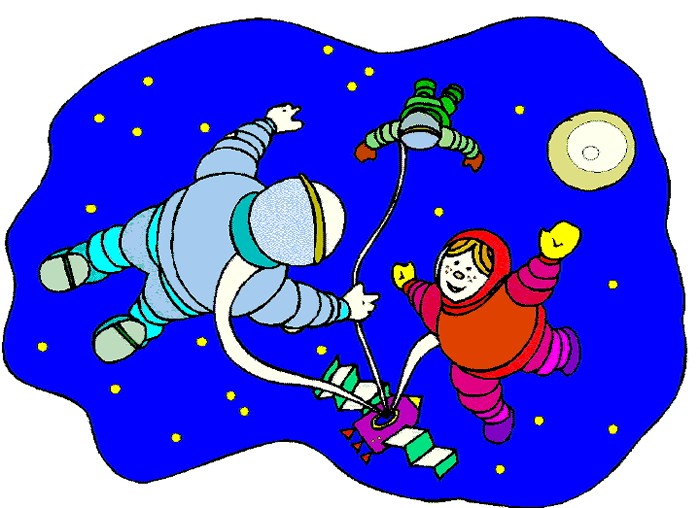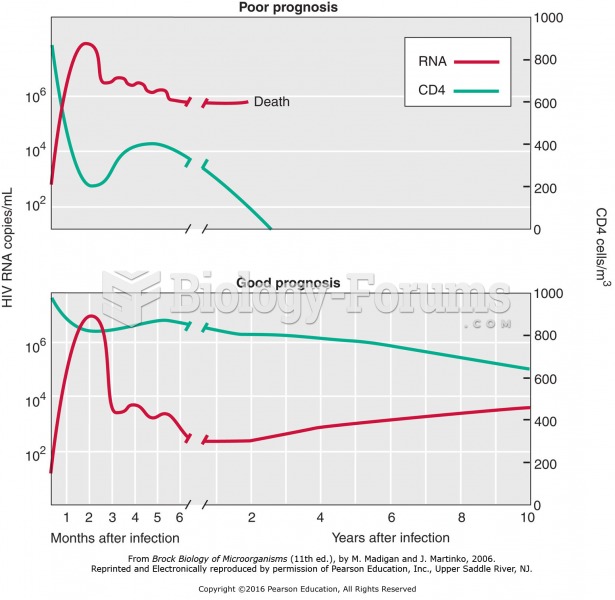Answer to Question 1
There are two conditions for an eclipse occur: The Sun must be near one of the two nodes of the Moon's orbit, and the Moon must pass near either the same node (solar eclipse) or the other node (lunar eclipse). This means, of course, that solar eclipses can occur only when the Moon is new, and lunar eclipses can occur only when the Moon is full. For solar eclipses, an eclipse season is about 32 days long. Any new moon during this period will produce a solar eclipse. For lunar eclipses, the eclipse season is a bit shorter, about
22 days. Any full moon in this period will encounter Earth's shadow and be eclipsed.
This makes eclipse prediction easy. All you have to do is keep track of where the Moon crosses the ecliptic (where the nodes of its orbit are). Then, when the Sun approaches either of the nodes you can warn everyone that eclipses are possible
Eclipses follow a pattern. Once you have observed a few eclipses from a given location, you would see that the orbit of the Moon precess like a hubcap spinning on the ground. This precession makes the line of nodes seem to rotate around the sky, which would occur every 18.6 years. Consequently, the Sun does not need a full year to go from a node all the way around the ecliptic and appear back at the same node. Because the node is moving westward to meet the Sun, you can predict next year's eclipse seasons by subtracting 19 days. New moons and full moons near those dates are candidates for eclipses.
Answer to Question 2
Although the eclipse geometry repeats almost exactly, it is not visible from the same place on Earth. The Saros cycle is a third of a day longer than 18 years 11 days. When the eclipse happens again, Earth will have rotated a third of a turn farther east, and the eclipse will occur a third of the way westward around Earth. That means that after three Saros cycles (period of 54 years plus 34 days) the same eclipse occurs in about the same part of Earth.







